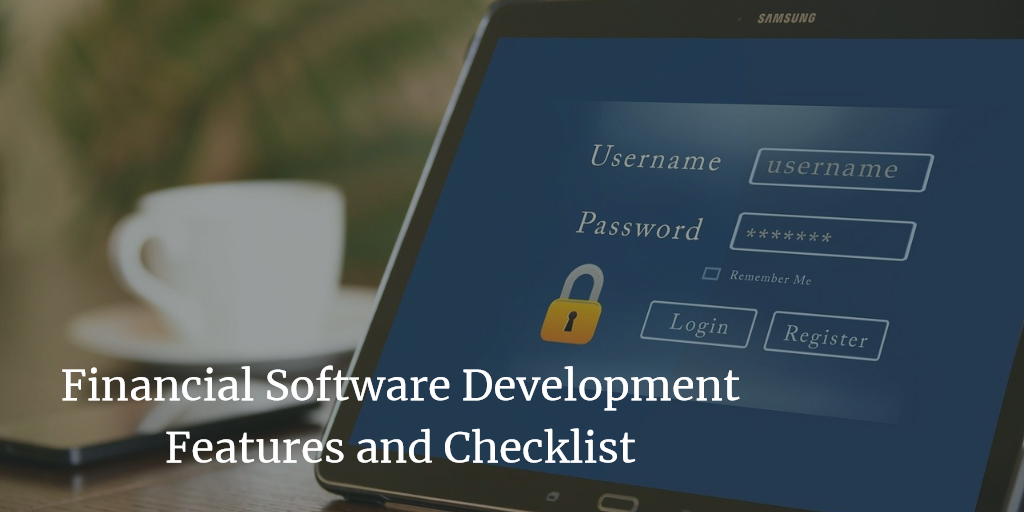Introduction
Financial management software could empower a brand to manage the growing complexity and multi-faceted processes and transactions more effectively. Furthermore, with financial management software packages, a company could realize complete compliance with strict guidelines in financial information management and reporting.
What features should you check while developing financial softwares – Let’s find out.
Powerful Features and Checklist of a Financial Software
1. Cloud-Based
Among all the features that a financial management should have, this is paramount. Platforms that are based on the cloud are important since they enable collaboration across different departments, making access of information anywhere easy. Furthermore, deploying software anywhere it’s needed is seamless—even on the go.
Financial software that’s cloud-based has access to the same exact data at the same time as well, which goes a long way to avoid mistakes and misunderstandings that could occur.
2. Ledger Consolidation
If a company has several branches, franchises, or locations, it’s important to choose a platform that makes managing finance across all entities easy. It would be preferable to look for one that allows you to streamline the complexities and build reports based on any data you choose almost immediately.
Ledger consolidation across several entities need not be complicated, even when dealing with different currencies.
3. Automation of the Workflow
The financial management software should be able to automatically carry out a lot of accounting processes. This saves you and the finance team a considerable amount of effort and time by minimizing the number of repetitive tasks.
In addition, when you are able to when you use AI and ML in finance to automate in accordance automate in accordance with your own rules it reduces the likelihood of mistakes and errors as well, which could lead to serious problems.
4. Simplified Auditing
You should choose a financial management software that provides a complete audit trail for each and every transaction of your company. This should include not just the original transaction, but the workflow and all approvals that led up to the transaction as well. This is a great way of ensuring that you adhere to different guidelines, and it lets you produce compliance documentation as well within seconds.
5. Data in Real-Time
Although historical data definitely plays a vital role in business decision-making, real-time data access takes things even further. Decision-making in business could be difficult as it is, but with real-time data access, you could be confident that your decisions are based on the most up-to-date and accurate information available. Whatever the scenario or decision may be, real-time data makes it easier.
6. Worldwide Financial Processes Support
Companies of all shapes and sizes could access all the technologies and tools they need with financial management software. This includes support for several currencies and conversions, country-specific guidelines and law, languages, and multinational transactions to coordinate activities that span multiple business units and departments better.
Furthermore, it boosts executing and managing all financial tasks in all locations across the globe.
7. Managing and Tracking Cash Flow
Tracking income as recognized by disparate business units and departments. It could also monitor how funds are spent across different locations and divisions. The process is easier, faster, and more accurate with financial management software.
By simplifying allocations, consolidations, budgets, and other cash flow management activities and tasks across an entire organization, the software could deliver an unhindered, complete, and real-time cash flow status view.
Conclusion
Financial technology has become a significant initiative that’s taking the financial industry by storm. Furthermore, it also provides a lot of opportunities for application developers, since regardless of the software you build—whether for the provision of financial solutions or adding integration options for external apps, this is the time wherein investment in the technology pay off.







